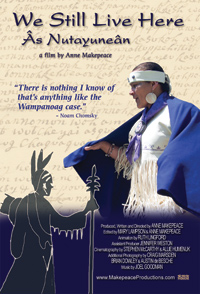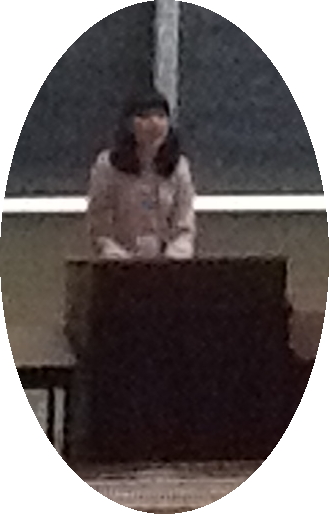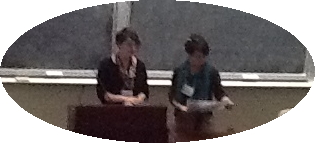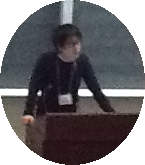Speaker: Gary Thoms (Strathclyde University)
Title: Roll up! PBC effects, anti-locality and Japanese scrambling
Date/Time: Tuesday, Nov 15, 1-2p
Location: 32-D461
One of the consequences of Kayne’s (1994) Linear Correspondence Axiom (LCA) is that head-final word order must be derived by movement of the complement into a specifier position; this is known as “roll-up movement” (RUM). In most cases the only evidence for RUM comes from the word order facts themselves, and this lack of independent support thus leaves RUM and other such LCA-related movement operations open to criticism. However, the LCA approach to head-finality makes a clear prediction: in harmonically head-final languages, apparent complements should in fact behave like they are in specifier positions with respect to conditions like locality and anti-locality (Abels 2003).
In this paper I explore these predictions and argue that we can in fact find such evidence for RUM in a harmonically head-final language like Japanese. First, I consider Proper Binding Condition effects in VP-scrambling constructions with the light verb `su’ (where the lexical verb stays in the VP); I show that the distribution of these effects indicates that this is indeed VP and not vP-scrambling, a kind of scrambling that should be banned by anti-locality. Considering the nature of anti-locality as a constraint, I argue that this follows if we accept that RUM gives the VP a `free ride’ to the edge of the vP phase. With this established, I then turn `remnant VP scrambling’, where the VP is scrambled after the verb has raised out of it (Koizumi 2000). Considering the apparent *lack* of PBC effects in remnant VP-scrambling, I argue that the position of the lexical verb with respect to its arguments is the crucial factor in determining PBC effects. I propose an analysis in terms of Fox and Pesetsky’s (2005) Cyclic Linearization, and I show that in order to derive the cases of PBC-free remnant VP-scrambling within this framework (and a set of independently required assumptions), we need to allow arguments to get to the edge of the vP phase without moving there directly. I argue that this provides further evidence for RUM. I thus conclude that the linearization asymmetries in Japanese VP-scrambling give language-internal evidence for the LCA.






